In August 2024, while celebrating his birthday in Dubai, Tareq Amin, a senior executive at the national oil company Aramco, received a call at 2 a.m. The call came from an assistant to Crown Prince Mohammed bin Salman, requesting him to fly back to Riyadh immediately for an urgent meeting. The meeting's agenda wasn't about oil, but about the national AI strategy.
That midnight call not only interrupted a leader's vacation, but it also symbolized Saudi Arabia's urgency and determination in the global technology race.
The kingdom, once known as an oil giant, is now betting on a future where it not only exports crude oil, but also a more valuable "resource" of the digital age: computing power.
This content is part of an ambitious plan called "Vision 2030," a strategic roadmap aimed at diversifying the economy , reducing dependence on oil, and transforming Saudi Arabia into a technological powerhouse.
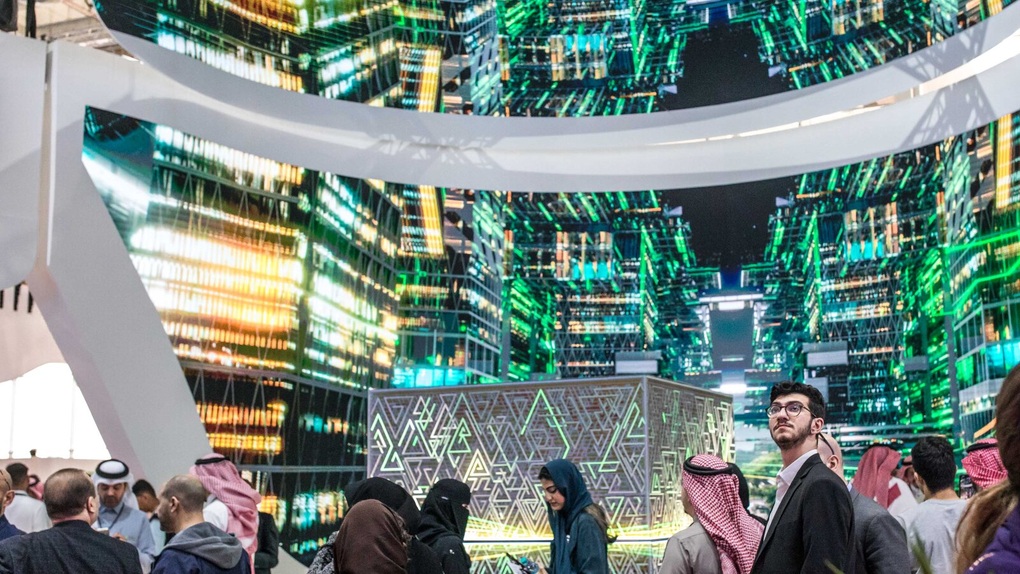
As the oil era draws to a close, Gulf nations are pouring billions of dollars into AI infrastructure, hoping to transform "computing power" into a new export energy source of the 21st century (Photo: New York Times).
Computing power is the new oil.
"Computing power is the new oil," says Mohammed Soliman, an expert at the Middle East Institute in Washington. This iconic statement encapsulates the transformation strategy of the entire Gulf region. If oil fueled the 20th-century industrial revolution, then computing power and AI data will shape the 21st century.
Saudi Arabia recognizes it holds a natural advantage in realizing this vision. Few countries can match them in the three core elements for operating massive, power-hungry data centers for AI: cheap energy, abundant capital, and vast land resources.
Jonathan Ross, CEO of Groq, an American AI chip manufacturer, offered an insightful analysis of the economic advantages of this strategy. "One of the hardest things to export is energy. You have to transport it, which is very expensive," he said. "Meanwhile, data is very cheap to move."
Saudi Arabia's idea is clear: instead of exporting physical energy, they will import data, use their abundant energy to process and compute AI, and then export the resulting artificial intelligence to the whole world .
Humanoid - the Aramco of the AI age.
To realize this grand plan, Crown Prince Mohammed established Humain in May, a state-owned company dubbed the "Aramco of the AI age".
Backed by the nearly $1 trillion National Investment Fund (PIF), Humain's mission is to unify AI initiatives, build infrastructure, and put Saudi Arabia on the technology map. Tareq Amin, who received the call at 2 a.m., was appointed CEO of Humain.
Humain's goal is incredibly ambitious: to handle approximately 6% of the global AI workload in the next few years, a significant leap from less than 1% currently. If successful, Saudi Arabia could rise to third place globally in AI computing power, behind only the US and China.
A series of massive projects are underway. Three large data center complexes are being built, with operating costs for AI tasks expected to be at least 30% cheaper than in the US.
In the northwest near the Red Sea, a $5 billion data center is being planned, powerful enough to serve programmers as far away as Europe. On the opposite shore, another mega-project targets the Asian and African markets. Companies like DataVolt and Aramco Digital are partnering with tech giants like Groq to build the "world's largest AI inference data center."
Walking a tightrope between the US and China.
Riyadh's ambitions are placing it in the midst of the most intense geopolitical struggle today: the US-China technology war. The heart of every AI data center is advanced semiconductor chips, and currently, the US holds the key to this technology.
Saudi Arabia is in extensive negotiations with American technology companies. Leaders from OpenAI, Google, Microsoft, Qualcomm, and Intel were all present at the "Davos in the desert" conference.
Humain has signed chip purchase agreements with Nvidia, AMD, and Qualcomm, and partnered with Amazon to build infrastructure. There are even talks about supplying computing power to Elon Musk's xAI company.
However, Washington has been hesitant. US officials are concerned about the growing ties between Riyadh and Beijing. They worry that advanced American chip technology could be diverted to China. This has delayed the final approval of billions of dollars worth of chip purchases.
Meanwhile, Chinese companies like DeepSeek have been using Aramco's data centers. Chinese researchers are also reportedly given access to supercomputers at the kingdom's top universities.
Crown Prince Mohammed has so far tried to maintain a balance, not choosing sides. Some US officials suggest that perhaps it would be better to let American and Chinese technology compete directly on Saudi Arabia's "home turf," turning it into a unique parallel technological arena.

Saudi Arabia is being hailed as a new hotspot for artificial intelligence (AI) infrastructure thanks to its massive energy surplus (Photo: The American Bazaar).
Regional competition and internal challenges
Saudi Arabia's ambitions are not being pursued in a vacuum. Their biggest competitor is their neighbor, the United Arab Emirates (UAE), a nation making significant strides and now considered a regional leader in AI applications.
PwC forecasts that by 2030, AI could contribute 13.6% to the UAE's GDP, while that figure for Saudi Arabia is 12.4%. If this forecast comes true, Saudi Arabia could rank only 4th globally in AI capabilities, behind even the UAE.
In addition, the kingdom also faces significant internal challenges. Saudi Arabia is experiencing a severe shortage of AI experts and high-tech personnel.
Although the government is promoting training programs and golden visas to attract talent, building a local expert base takes time. Furthermore, data centers consume enormous amounts of electricity and water for cooling. This presents a significant challenge for a country with one of the world's hottest and driest climates.
To address some concerns, Saudi Arabia is considering innovative models such as "data ambassador zones," where foreign companies can operate under the laws of their respective countries, aiming to reduce security and legal barriers.
Despite the skepticism and challenges, the scale and speed of Saudi Arabia's transformation are undeniable. From the outskirts of Riyadh to the Red Sea coast, data center construction sites are operating at full capacity.
Billions of dollars are being poured not only into infrastructure but also into developing large language models (LLMs) in Arabic, aiming to create localized AI products that better serve the region.
"They may not achieve all their goals," commented Vivek Chilukuri, an expert at the Center for New American Security, "but they will certainly go much further than skeptics think."
Source: https://dantri.com.vn/kinh-doanh/a-rap-xe-ut-tham-vong-bien-ai-thanh-dau-mo-moi-xuat-khau-ra-the-gioi-20251028154803526.htm











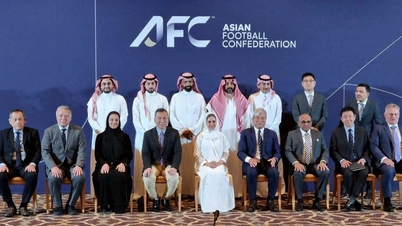




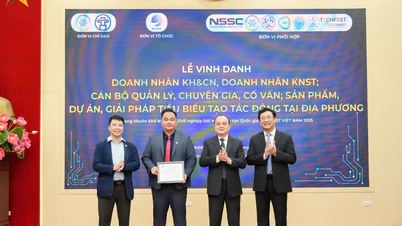





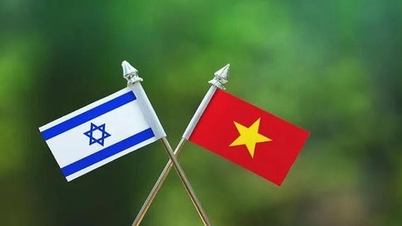










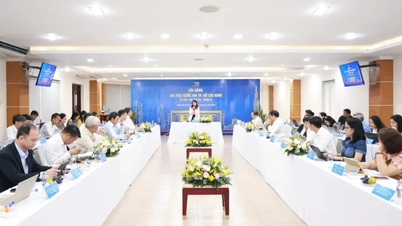















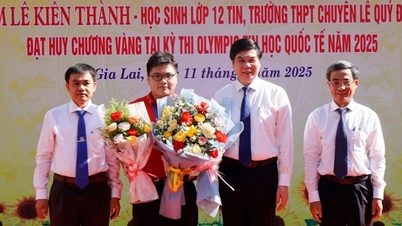










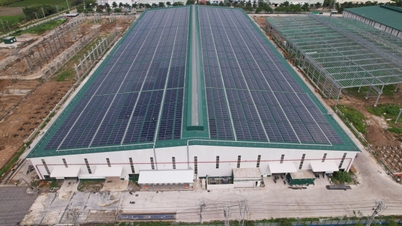









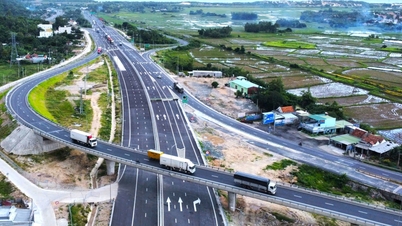
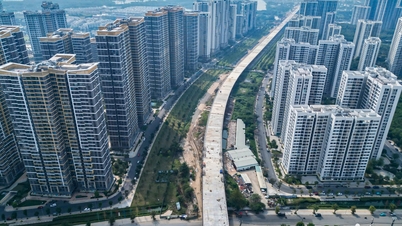

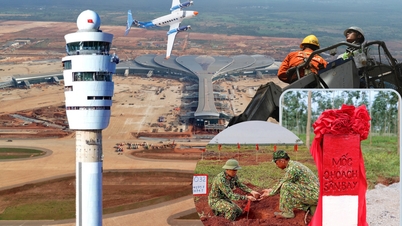

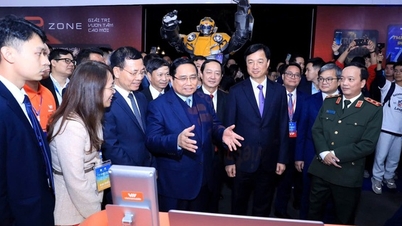

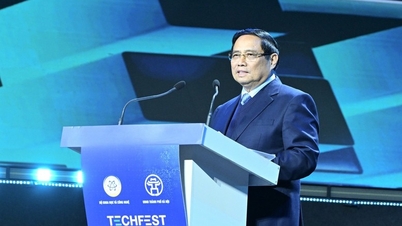

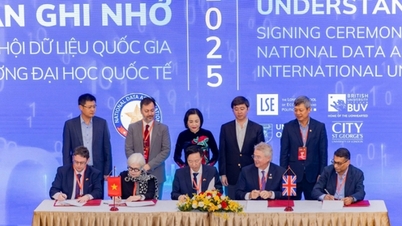

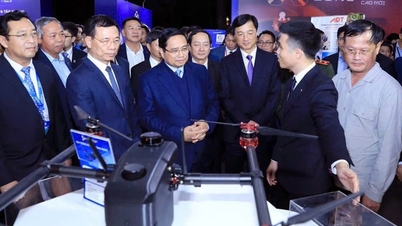







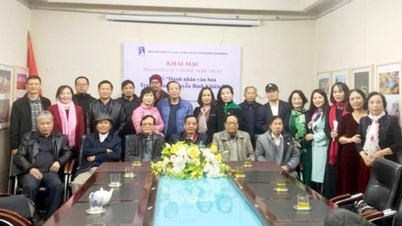















Comment (0)